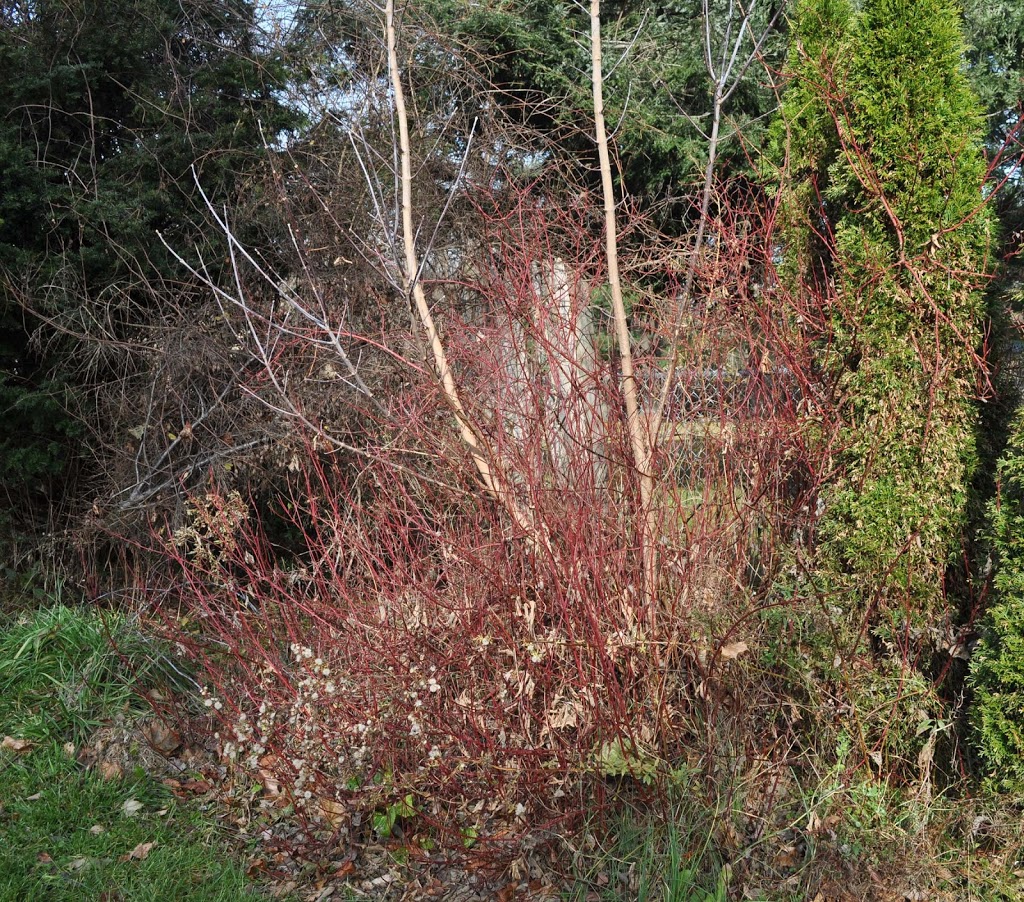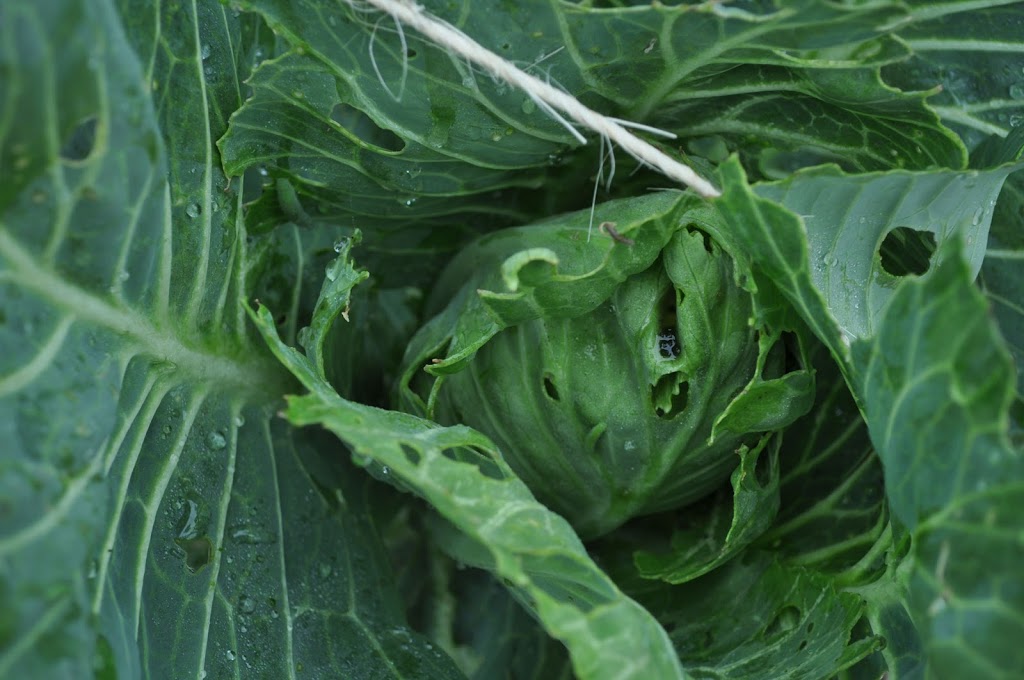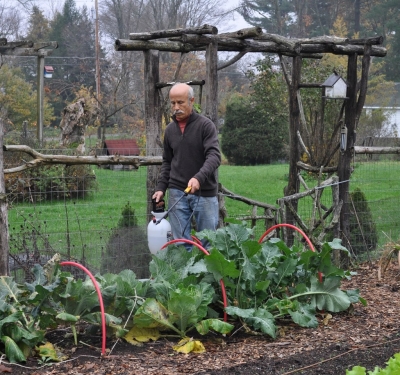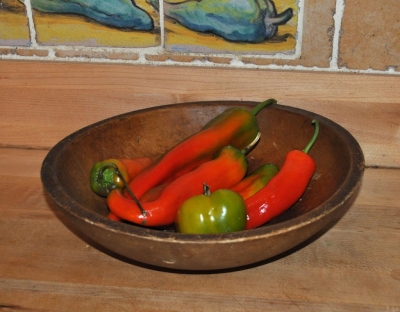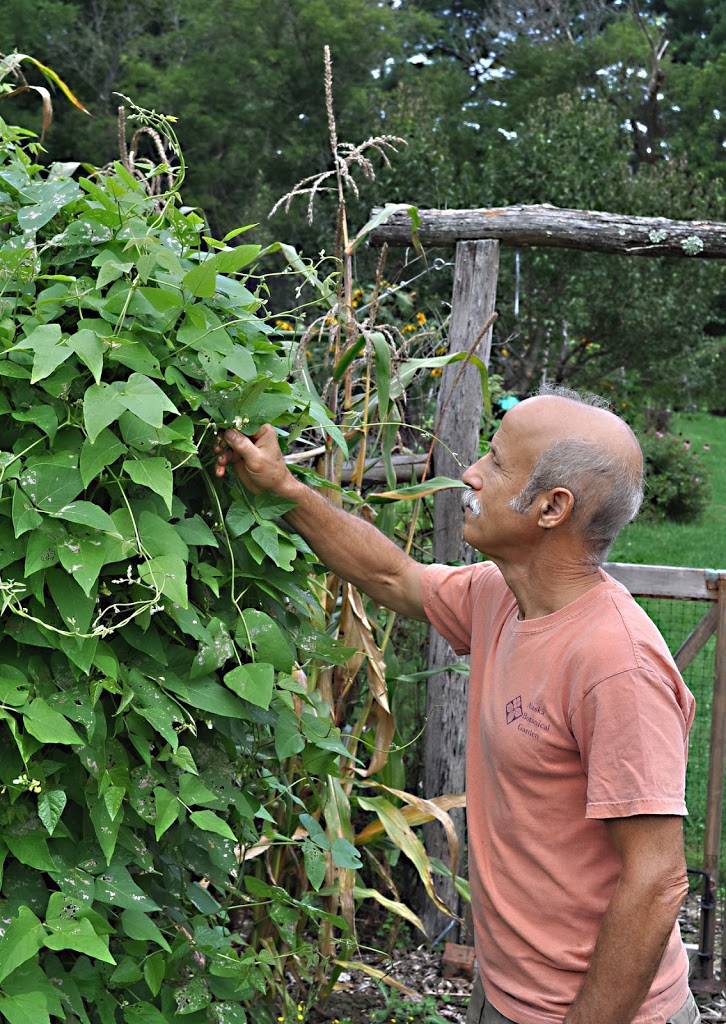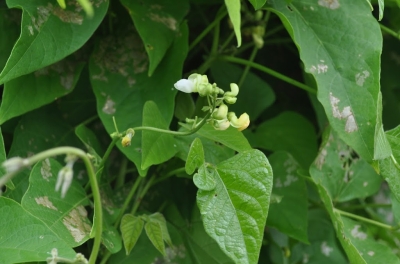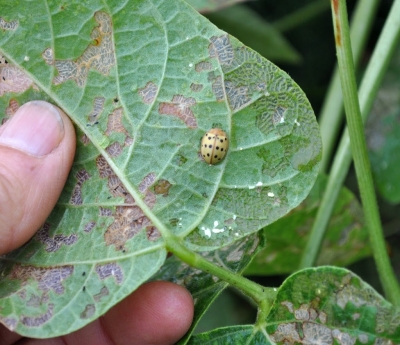PRUNING, I CAN’T RESIST
/4 Comments/in Pruning/by Lee A. Reich Now is generally not a good time for pruning outdoor plants. Too bad. With the lawn nicely trimmed and vegetable and flower beds tidied up, it’s all the more difficult to resist the urge to lop back at least some misplaced or congested stems on trees, shrubs, and vines.
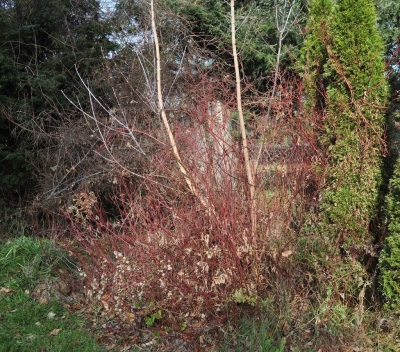 |
| Redosier dogwood, neglected |
I can’t resist. I figure little or no harm should come as long as I choose carefully what to cut. One reason not to prune now is that any wounding — and pruning does wound — stimulates a certain amount of cellular activity near the cut at a time when plants should be hunkering down for winter. Resulting cold injury can be minimized or nonexistent if pruning is restricted to the most cold-hardy plants. Also, gaping wounds won’t heal until spring so are open to pests. Here I rationalize that problems will be, again, minimal or nonexistent if only naturally tough plants are pruned now.
I’ve been eyeing an ungainly redosier dogwood since leaves have dropped. Redosiers are super-hardy, shrubby plants that liven up the winter scene with their bright red or yellow stems. The time to prune these plants is in early spring, after enjoying the plant’s colorful stems all winter.
The problem is that my redosier dogwood has been neglected for years. Only the one-year old stems are colorful and, with years of neglect, few are evident amongst the older wood. The right way to prune this plant is to lop the whole shebang to the ground every year or two in spring. Doing so coaxes a slew of vigorous, new sprouts near or just below ground level. Come autumn, these sprouts are officially one-year old (that is, they’ve completed a whole season of growth) and need only crisp weather to bring out their brightest color.
I’m lopping my whole plant to the ground this week (in addition to the boxelder and other weedy plants that have sprouted up among it). The plant is very hardy, has nothing to show for winter, and pruning now leaves one less thing to do in spring.
 |
| Black & red currants, pruned |
Likewise very cold-hardy and likewise soon to feel the steel of my pruning shears are my currant and gooseberry plants. Gooseberries and red currants bear fruit on one-, two-, and three-year-old stems so I’ll be cutting down any stems older than three-years-old and thinning out the youngest stems so that they don’t crowd as they age. Black currants fruit best on one-year-old stems so I’ll cut down any stems that bore fruit this past summer and thin out young stems if they crowd too much. All these plants start growth very early in spring, which is one more reason to prune them now.
————————————————
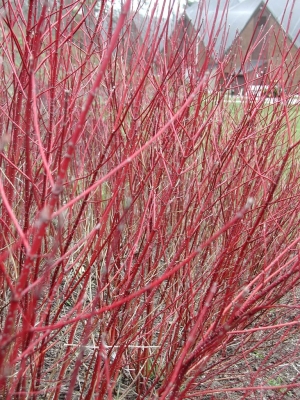 |
| Redosier dogwood, pruned & very red |
Stems don’t speak to me or bear age labels, so how do I know which ones are one- or two-years-old, or older? I look at them. With some plants, it’s very easy to tell. As I wrote, only the very youngest redosier dogwood stems turn red or yellow, with the help of cold weather. Kerria, also known as Japanese rose, blooms best on one-year-old wood, which broadcasts its age with its bright, green color; older stems are brown.
Other plants’ stems offer hints of their age even if they don’t colorfully broadcast it. Oldest stems generally are those that are the thickest. Stems also show their age in bark that starts to peel or gets bumpy or warty; that is, it looks old.
————————————————-
I’m not yet finished cutting. Lanky stems lash out and grab me as I pass across my terrace beneath the grape arbor, or walk down the field near the trellised kiwi vines. I’d like to prune them now, and I will, to some degree at least.
Kiwi expert Dave Jackson, who grows some of the best hardy kiwifruits I’ve ever tasted (www.kiwiberry.com), has 20 acres of the plants. He tells me that he prunes in autumn with no ill effect, so I’m tempted to do so also. Kiwis require more pruning that most plants and one reason he prunes in autumn could be because he wouldn’t have time to prune everything if he waited until spring.
Temperatures and airflow here at my farmden are not nearly as congenial for the plants as at Dave’s farm, which makes me wary of pruning my vines now. So I’ll prune a couple of my kiwi vines now and see how they fare. The rest will get pruned in spring.
But I’m going to shorten lanky stems on all the kiwi plants, as well as those on my grapes. Plants pack away food for winter in stems, so cutting stems does remove some winter stores; still, many stems, trunks, and roots will be left intact. Right near pruning cuts is where plants are most susceptible to damage. Shortening stems partially, rather than to their full length, avoids problems near the cuts. Final cuts can wait until spring.
————————————————-
Some plants needn’t feel even slightly threatened by my pruning shears — now, at least. Pruning butterfly bush in autumn, in my experience and that of many other gardeners, results in increased winter cold injury. Come spring, though, all their stems get lopped to the ground. I also won’t touch spring bloomers, such as lilac, forsythia, and mockorange bushes. Pruning would remove stems slated to bloom this spring. The time to prune these plants is right after they finish their flowery shows.
Want more on pruning? See my book, The Pruning Book (Taunton Press, 2010).
WORMS, WEEDS, AND BACTERIA
/2 Comments/in Gardening/by Lee A. Reich Autumn weather has been stellar this year, with a welcome number of crystal clear, sunny days, balmy temperatures, and enough rain to keep plants happy. Imported cabbageworms are evidently also happy, judging from the holes with which broccoli, cauliflower, and cabbage leaves are now riddled. Even worse, looking more closely I see dark, green caterpillar poop down in among the leaves. And even worse than that, all that feeding weakens the plants and — I think — ruins their flavors (even after they’ve been thoroughly washed).
Problems from imported cabbage worms, as well as two other leaf-munching caterpillars, diamondback moth and cabbage looper, are easily dispatched. All three pests are members of the insect order Lepidoptera, which includes moths and butterflies; the organic insecticide B.t., short for Bacillus thuringienses and commercially sold under such trade names as Thuricide and Dipel, kills them while doing essentially no harm to just about everything else, including humans.
So I got out my hand-pumped sprayer this afternoon, measured out enough B.t. to make up a couple of quarts of spray solution, and thoroughly spritzed the cabbage, cauliflower, and broccoli plants. I didn’t bother spraying kale, collards, and Chinese cabbages, which the cabbageworms evidently find less tasty, surely not enough to warrant their spraying.
My other approach to keeping cabbageworms in check is, I find, useful for many perceived gardening problems: Don’t look too closely. This advice may sound counterintuitive because attention to detail and keeping a close eye on plants are earmarks of good husbandry. Perhaps the advice should be restated as “Don’t look too closely if you’re going to panic and think that every hole in a leaf warrants action.” Today, cabbage, cauliflower, and broccoli plants had too many holes.
————————————————–
B.t. is pretty much the only thing I spray on my vegetables and, as I said, only on cabbage and its kin. It’s derived from a naturally-occurring bacteria that lives in the soil, first discovered in 1901 in Japan and used since 1925. Once more potent insecticides, such as DDT, were developed after World War II, “lightweight,” highly specific killers like B.t. fell by the wayside.
B.t. became popular among organic gardeners in the 1970s and, unfortunately, among genetic engineers in the 1980s. During the latter period, scientists developed techniques with which to insert foreign genes into organisms. Insect-resistant tobacco, with B.t. built into its genetics, was developed in 1985 and the first genetically engineered crop plant, potato, was put on the market in 1995. Yummy. (Tobacco and potato — and tomato — fall prey to another lepidopterous caterpillar, the tobacco hornworm.)
So what’s wrong with genetically engineering plants with built-in resistance to insects? A lot! First of all, pleiotropy. As Carol Deppe states in her excellent book Breed Your own Vegetable Varieties, “pleiotropy is a genetic version of the ancient Taoist understanding that you cannot do just one thing.” Inserting a foreign gene (that is, one that could never have gotten there through natural processes, such as the fish gene that was inserted into tomatoes for cold hardiness) into a plant can have effects beyond the desired primary effect. That secondary effect may be good (unlikely), bad, or neutral in terms of nutrition, health, flavor, and anything else.
But that’s not all. In some cases, plants with built-in B.t. experience increased attacks from insects other than those for which B.t. has effect. Commercially, this has resulted in increased pesticide use to control those other insect pests.
And finally, having whole fields of plants uniformly oozing B.t. to kill lepidopterous predators sets up a Darwinian experiment: A very few of those caterpillars are going to be somewhat resistant to B.t. and over time, they will be the ones that will thrive and multiply. Eventually, then, we’ll have whole armies of caterpillars that can laugh off B.t. and just keep munching away. Which will be bad also for us backyard gardeners.
Here on my farmden, I don’t spray B.t. at the first sign of caterpillar damage. That’s another reason I don’t spray all cabbage kin. I’d like to keep a healthy population of B.t. susceptible caterpillars alive.
————————————————-
The warm, sunny weather has also been a boon to cool weather weeds, especially quackgrass and oxalis. I usually clear and cover with compost any vegetable beds just as soon as I am through with them for the season. Clearing a bed rids it of most perennial weeds and the 1 inch deep icing of more or less weed-free compost snuffs out any small annual or perennial weed roots or seedlings that try to grow. That’s the theory, at least.
This past spring, beds were weedier than usual. I reasoned that weeds were sneaking in during autumn’s warm spells, before weather turned frigid. So this autumn, I waited until this week to clean up most beds and ice them with compost, leaving little time before cold weather for weeds to sneak in. Finally, everything looks neat and pretty.
————————————————-
Pepper, like tomato, cabbage, and some other vegetables, has its caterpillar predators, in this case the corn earworm which, as you may guess, also attacks corn. In decades of growing peppers, damage has never been severe enough to warrant spraying peppers or, for that matter, corn with B.t. for that pest.
My attention turned to peppers this week because a few plants were still green thanks to the blanket over them during recent severe frosts. The pepper plants’ days are numbered though, and the beds need cleaning up, so I pulled the plants but harvested any full-sized fruits. Green peppers are immature, not ripe. Some people enjoy them at this stage; I don’t. If sufficiently mature, though, sound green peppers will ripen, turning yellow, red, or purple, depending on the variety, on a kitchen counter. That’s where mine went.
———————————————–
(Quoting from an old Jimmy Rushing blues song, “there’s a change in the weather, there’s a change in the sea” . . . I’ll say. As I wrote this post, Hurricane Sandy was storming nearer. The weather was still balmy, but with lots of wind and, soon, rain. The landscape swayed. The hurricane took a left turn as it headed up the Hudson Valley and the farmden was spared, experiencing only fairly strong winds and a half an inch of rain. I was ready, though.)
Beans, Beans, . . .
/2 Comments/in Gardening/by Lee A. ReichLima beans are one of those things, like artichokes, okra, and dark beer, that people either love or hate. I love them. The problem is that this far north, summer temperatures usually hover below those in which lima bean plants thrive, at least those best-tasting varieties of lima having large seeds and dry, sweetish flesh something like chestnuts.
A few years ago, I grew the variety Jackson Wonder, which was billed as a “prolific, cold-hardy heirloom with bright nutty flavor.” It was cold-hardy and prolific, and it is an heirloom dating back to 1888, but the flavor was blah.
A long, long time ago, I grew what might be the best-tasting of all lima beans, a pole variety named Dr. Martin. Dr. Martin’s demand for warm summers resulted in a harvest that was too paltry to justify space for those long vines again.
The earth has warmed in the quarter century since I grew Dr. Martin. The growing season is longer and summer temperatures are hotter. So this spring I thought it was time again to try growing some big, fat, flavorful lima beans. King of the Garden was the variety at hand, a variety perhaps as good as Dr. Martin. I started the seed in spring in pots indoors and planted out the seedlings, 2 per bamboo pole with 3 poles tied at their tops to form a teepee, a the end of May, by which time hot weather had worked its way into both air and soil.
King of the Garden plants grew, and grew, and grew. And flowered, and grew, and grew. And occasionally, I noticed a little, very little, pod beginning to develop. But no flowers or mini-pods grew to become large pods filled with big, fat, flavorful lima beans.
Lima beans are a finicky lot. Not only do they shiver in cool weather; they also underperform in weather that’s too hot. Like the hot weather we had, at times, this summer. More recent, cooler nights should improve pod set. That is, unless something else is the roadblock to pod production. That “something else” could be stinkbugs. Stinkbugs and stinkbug problems are moving north from their more traditional southern haunts. There were plenty this summer. The buggers enjoy limas.
—————————————-
Moving over to another bean, green beans, my third and last planting of which is now being feasted upon by Mexican bean beetles. (They also feed on the limas, but not enough to cause significant damage.) Mexican bean beetles are not something new that’s become more problematic with warmer summers and winters; they’ve been showing up in my garden for decades although few other gardeners with whom I speak seem to have problems with them.
Despite the beetles, I harvest plenty of green beans; my main beef with the beetles is that they keep me from being able to grow pole green beans. Pole beans, unlike bush beans, which get sequentially planted and then pulled out after a few weeks of harvest, are a long season crop planted in late spring to grow and bear until frost. That long season of growth offers a 24/7 dinner to bean beetles. Growing only bush beans restricts my choice of varieties and makes growing and harvesting the beans, for fresh eating and for freezing, more frantic.
This year, I tried to check bean beetle infestations with weekly sprays of neem, a relatively nontoxic pesticide derived from the Indian neem tree. It was ineffective. Another possibility is to elicit the help of a stinkbug! No, not any old stinkbug but one known as the spined soldier beetle, a predator a many plant pests. These bugs can be purchased as such or pheromone attractants can be purchased to attract them to the garden. I tried the traps many years ago to no good effect. Perhaps it’s time to import the bugs themselves.
—————————————–
One bean that seems to be pretty much ignored by bean beetles and stinkbugs, and any other pest, is soybean, which I harvest green as edamame. The edamame harvest this season has, as usual, been excellent. I grow the variety Shirofumi, both for its flavor and good yields.
Edamame usually flower and ripen pods in response to daylength, and Shirofumi edamame harvest ends in early August. Then, I usually pull the plants to make space for late plantings of cabbages, radishes, lettuce, and other cool weather vegetables. This year, the space was not needed so I decided to leave the plants in place.
Soybeans, along with green beans, lima beans, and other beans, are legumes, which are plants that, with the help of symbiotic bacteria in their roots, can use nitrogen from the air as food. Much of that nitrogen becomes the protein in the soybean seeds; the rest is in the leaves, stems, and roots. Leaving my soybean plants in place is helping to enrich the soil with nitrogen, from old roots that slough off. The rest of the plants, once pulled, go into the compost pile to provide nitrogen there and, as the finished compost is spread, subsequently in the garden. My lima bean plants, even if they remain podless, provide those same benefits. The same goes for my green bean plants, from which I’ll get a little extra nitrogen from all the Mexcan bean beetles on their leaves.
——————————————
Do you want to grow fruit but think you don’t have room? I’ll be giving a workshop “Fruit for Small Gardens,” covering the fruits and growing techniques needed to reap delectable rewards from spaces as small as a balcony to as “large” as a small suburban yard. The venue is Stone Barns inn Pocantico Hills, NY on September 22nd from 1-3 pm. For more information, see http://www.stonebarnscenter.org/products/backyard-fruit-for-small-gardens.html

